|
John Tyman's Cultures in Context Series EGYPT and the SAHARA www.johntyman.com/sahara |
|
5.5 Case Study Pt. II: Siwa : 421-441 |
| . |
|
John Tyman's Cultures in Context Series EGYPT and the SAHARA www.johntyman.com/sahara |
|
5.5 Case Study Pt. II: Siwa : 421-441 |
| . |
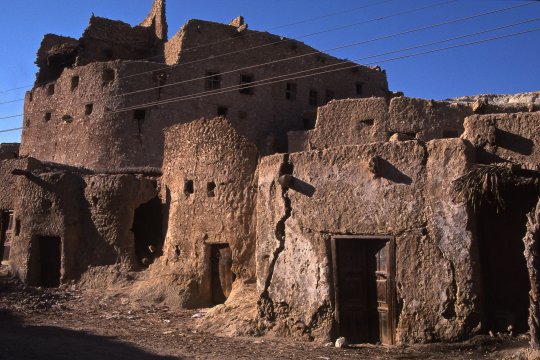 |
| .421. Shali was built of blocks of salt incorporating rock fragments and plastered with clay. Its buildings were four or five storeys high and housed hundreds of people at one time. |
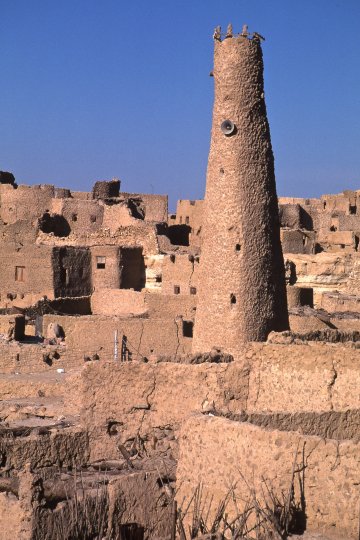 |
| .423. The mosque, with a minaret shaped like a chimney, is used still (as evidenced by its loud speaker), as are a few buildings on the edge of the former “city”. |
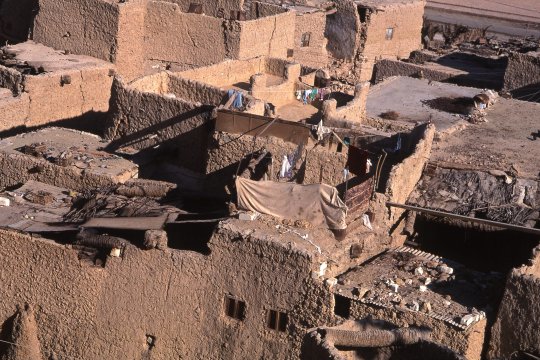 |
| .424. Such homes disintegrate further whenever it rains, but they provide short-term accommodation for those who cannot afford anything better. |
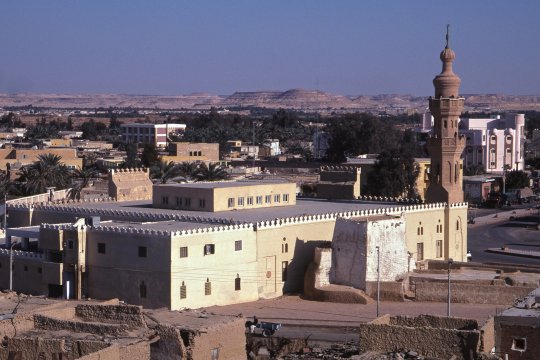 |
| .426. Siwa today is a bustling regional centre, with a variety of functions still... though no longer a place of pilgrimage. Ammon is no longer worshipped here. |
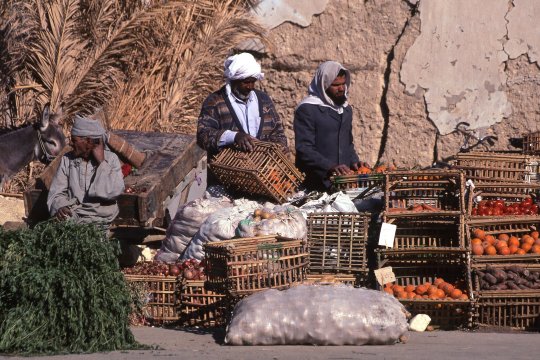 |
| .427. Its men-only markets provide fresh foodstuffs for the local population. (Local market) |
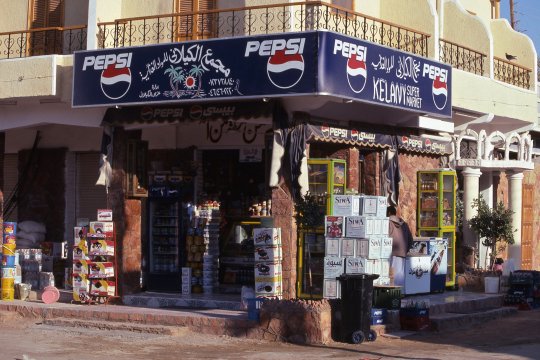 |
| .428. It also has supermarkets (or corner stores?) that sell processed items... |
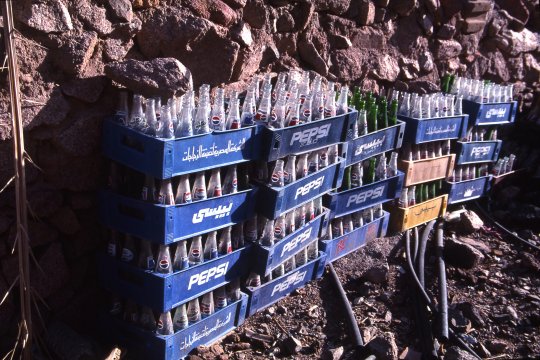 |
| .429. And there is a corresponding need to dispose of the packaging involved. |
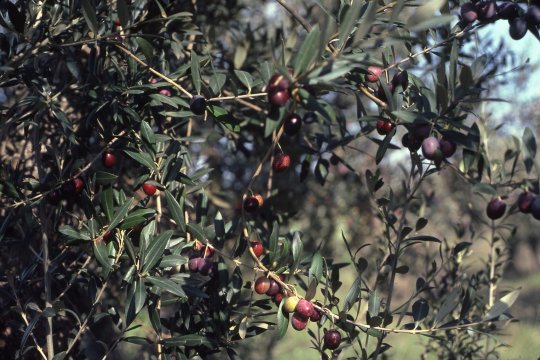 |
| .430. But Siwa also “exports” items of its own, supplying markets in Cairo and Alexandria with large quantities of dates and olives. (Olives) |
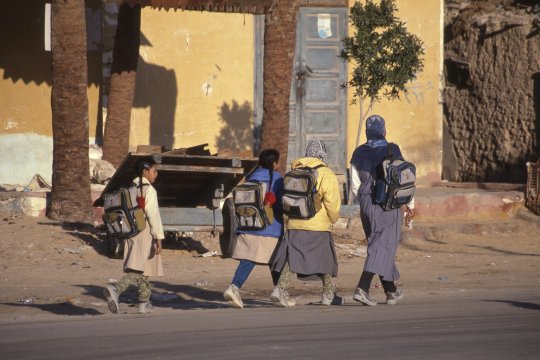 |
| .431. With encouragement from the wife of Egypt’s former president (Mubarak) Siwa also offers significant educational opportunities to young and old. |
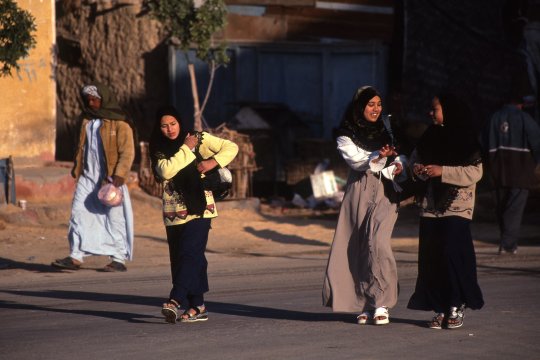 |
| .432. Teenage girls attending school are not required to wear veils (at least, they weren’t in 2003) but they do cover their hair. |
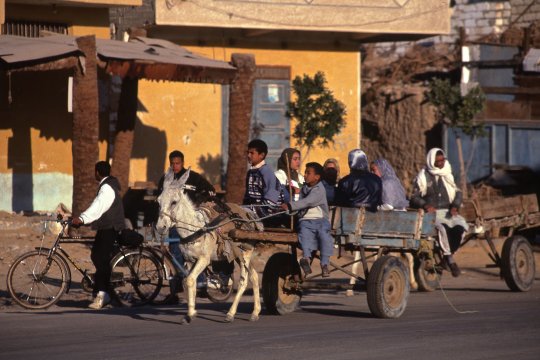 |
| .433. And if they get a lift to school they do not ride there with boys of their own age! |
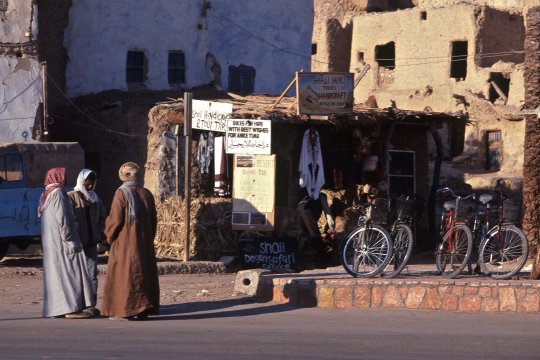 |
| .436. Tourists can also rent bicycles, to help them move around the oasis and explore historic sites outside the town. |
![]()
Text and photos by John Tyman
unless otherwise indicated.
Intended for Educational Use
Only.
Contact Dr. John Tyman at johntyman2@gmail.com
for more information regarding
licensing.
![]()
www.hillmanweb.com
Photo processing, Web page layout,
formatting and hosting by
William
Hillman ~ Brandon, Manitoba ~ Canada